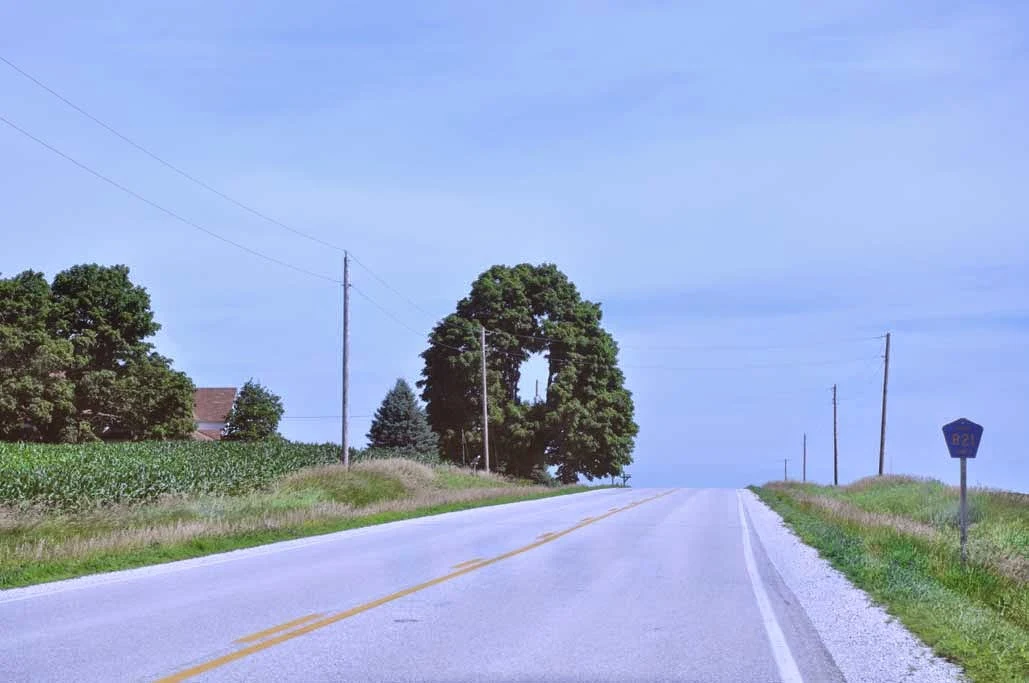Thursday, July 31, 2014
Wednesday, July 30, 2014
Tuesday, July 29, 2014
Monday, July 28, 2014
Sunday, July 27, 2014
Saturday, July 26, 2014
Friday, July 25, 2014
Thursday, July 24, 2014
Wednesday, July 23, 2014
Tuesday, July 22, 2014
Monday, July 21, 2014
Sunday, July 20, 2014
Saturday, July 19, 2014
Friday, July 18, 2014
Thursday, July 17, 2014
Wednesday, July 16, 2014
Tuesday, July 15, 2014
Habitat For Humanity Duplex Project in Iowa
This Habitat project is a duplex for two families with a handicapped member. The building has a full basement and I believe will be two stories tall. Both units should be wheelchair accessible. The floor system can be seen in these pictures. Walls are now ready to be put up. Exterior walls are assembled and waiting for a crew to put them up.
Monday, July 14, 2014
Sunday, July 13, 2014
Saturday, July 12, 2014
High Trestle Bridge
The High Trestle Bridge is on a bike trail between Madrid (pronounced MAD-rid) and Woodward, Iowa over the Des Moines River which becomes Saylorville Lake here. It is only about seven or eight miles between the towns and is a lovely ride day or night (only with good head and tail lights). The bridge is 13 stories above the water and is nearly a mile long. The sculpture arches toward the west end of the bridge, which you can see if you enlarge the picture, appear to spin around you as you ride through them. The sensation is even stronger at night as each arch is lighted with blue lights. This bridge was originally a railroad bridge, but this line was abandoned many years ago. The State of Iowa spent the money to have new decking installed on the bridge and paved the trail. This trail connects to the Central Iowa Bicycle Trail system at both ends, so riders can extend their rides for many miles going east or west. The Flat Tire Bar does a brisk business at the Madrid end, but there are a number of new places for refreshments that have now opened in Woodward. The High Trestle bike trail has brought considerable economic development to central Iowa.
Friday, July 11, 2014
Thursday, July 10, 2014
Wednesday, July 9, 2014
Tuesday, July 8, 2014
Monday, July 7, 2014
Sunday, July 6, 2014
Saturday, July 5, 2014
IH Hay Press and Truck
Pictured above is an International Harvester (IH) hay press manufactured from 1929 to 1939. It is not called a bailer because the bales are hand tied after the machine compresses the hay. Wooden blocks are put into the hopper to separate bales. These blocks have groves in them allowing the insertion of wire used to tie the bales. It takes a crew of six workers or more to operate the machine. Two people fork hay onto a platform where a third person feeds hay and wooden blocks into the hopper to be compressed. Two more people stand on each side of the hay press to insert the tying wires, and the sixth person carries the finished bales to be stacked. I have worked with a John Deere Dain Hay Press tying bales for as much as thirty minutes at a time. We might have made 10 or 12 bales, perhaps half a ton of hay per hour. A modern baler can process 25 tons per hour with a single operator.
International Harvester made some fine looking trucks. This is a five ton flatbed truck used to carry loads of machinery, hay, grain, live stock, or anything else the farmer needed to haul.
Friday, July 4, 2014
1920 International Harvester Titan Tractor
When I photographed this tractor it was running. It idled smoothly with its flywheel and belt drive wheel spinning. As you can see from the photo, this is a 1920 model. In this year, IH built 21,503 of these machines, the most of any year of manufacture. These two cylinder, kerosene burning tractors were mostly replacements for horses and steam engines which required a workforce of 10-14 workers to operate. This tractor can be operated by a single farmer. They were categorized as 10 drawbar and 20 belt drive horse power, so known as a 10-20. The Nebraska test measured their actual output at 16 drawbar and 26 belt horse power. It has a transmission with two forward speeds and one reverse. Due to the "tractor wars" of the late teens IH began cutting the purchase price from $1125 in 1918 down to $700 in 1922, and the company threw in a free plow. Their main competitor was Henry Ford's Fordson tractors. While they did plow and do field work, their main use was to power thrashing machines and other equipment using belt drive. The large tank up front was filled with water and acted as a radiator for the water cooled motor.
Thursday, July 3, 2014
Wednesday, July 2, 2014
Red Power Round Up
Attended this event last weekend. This filled the South Dakota State Fair grounds with International Harvester equipment of all types from tractors to refrigerators. Interesting that "Red Power" would have had a completely different meaning in the 1950s. Hope to show some interesting equipment in coming days.
Tuesday, July 1, 2014
Corn Harvest Dreams
This machine is a 1938 International Harvester (IH) Farmall F-20 tractor with a mounted two row IH 2ME ear corn picker attached. While the machine is 76 years old they were still being used in the 1950s, and some even into the 1960s. Now very little ear corn is harvested. It is picked and shelled in one operation by a combine which can harvest eight rows per pass.
Subscribe to:
Comments (Atom)











































